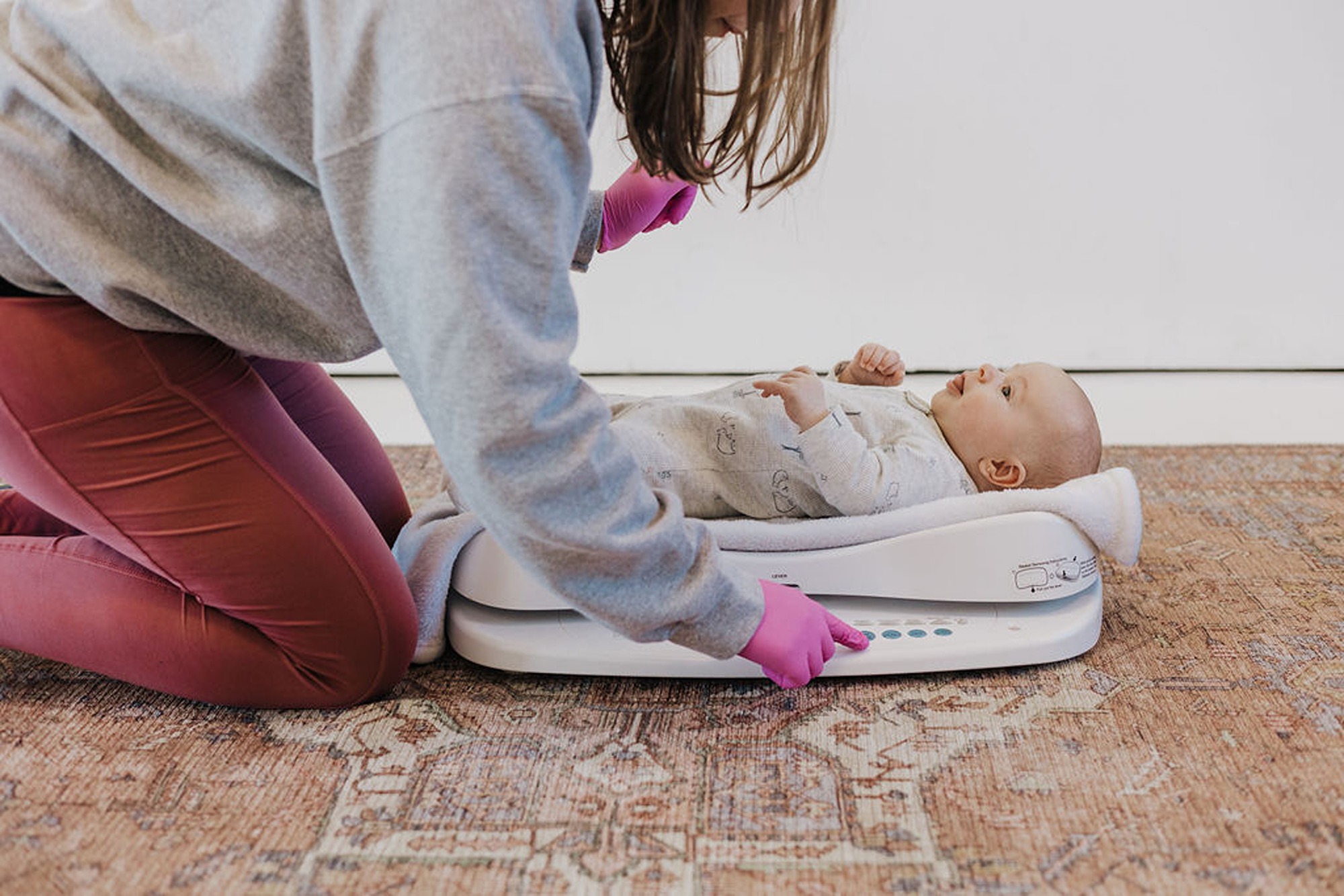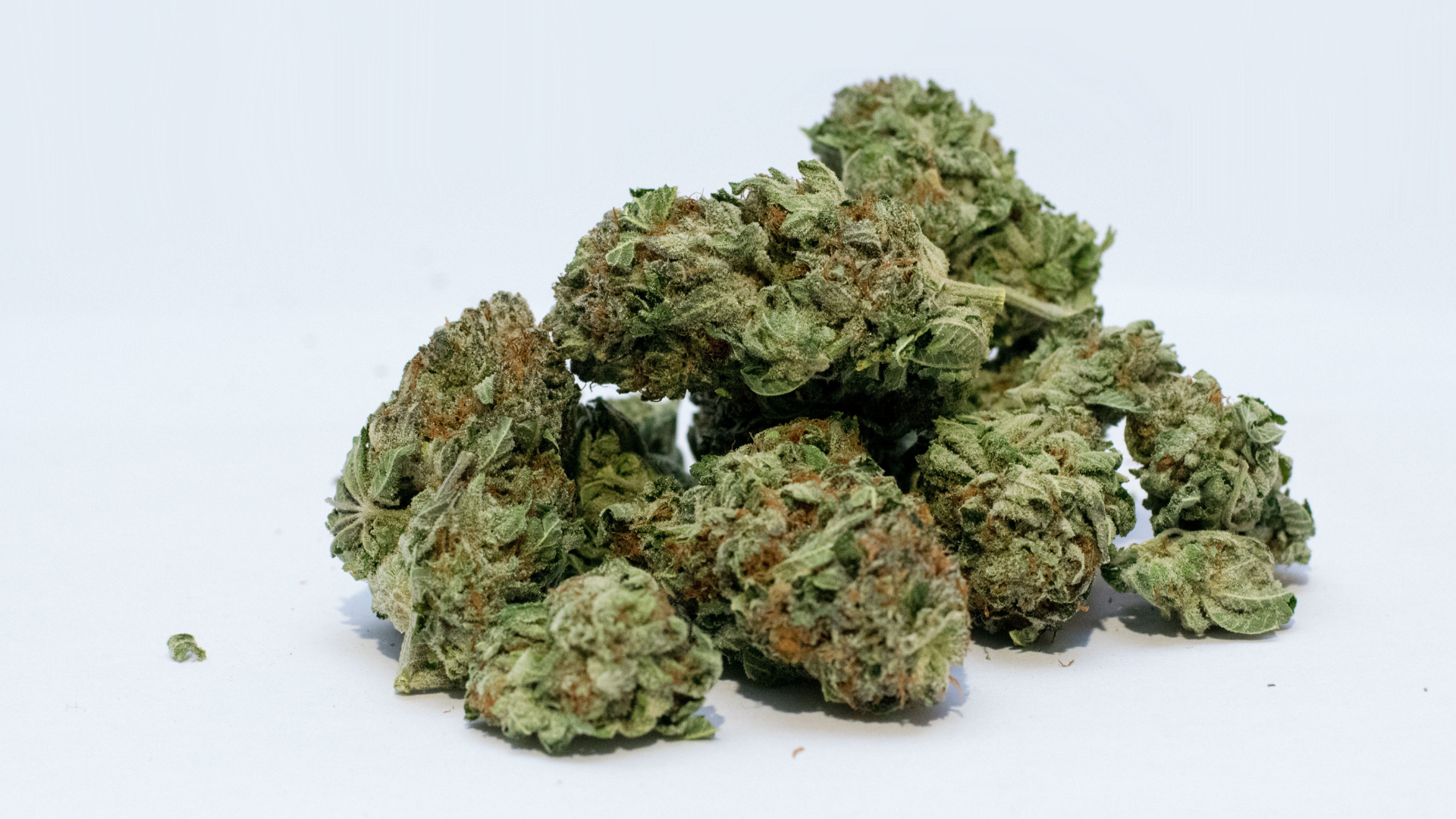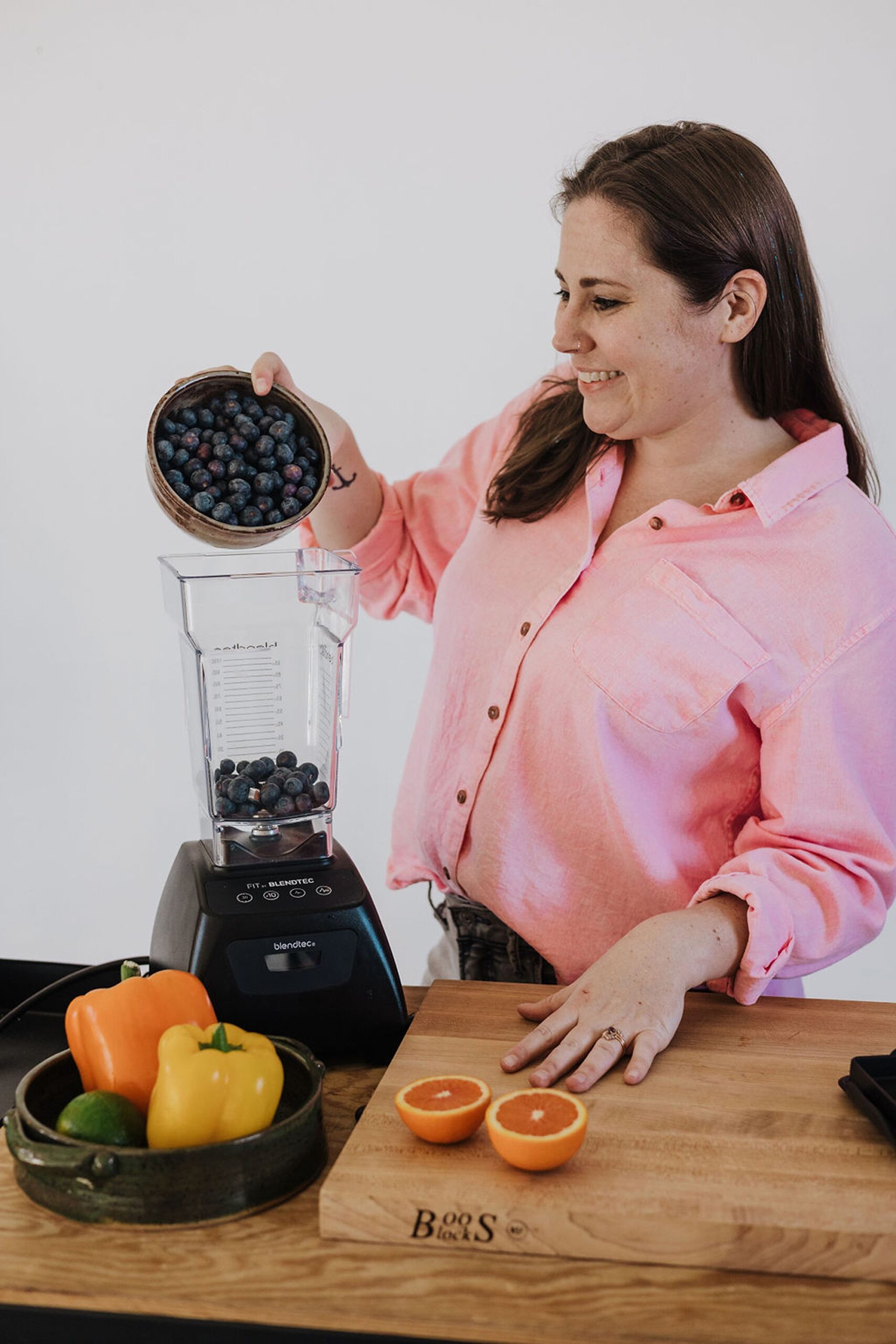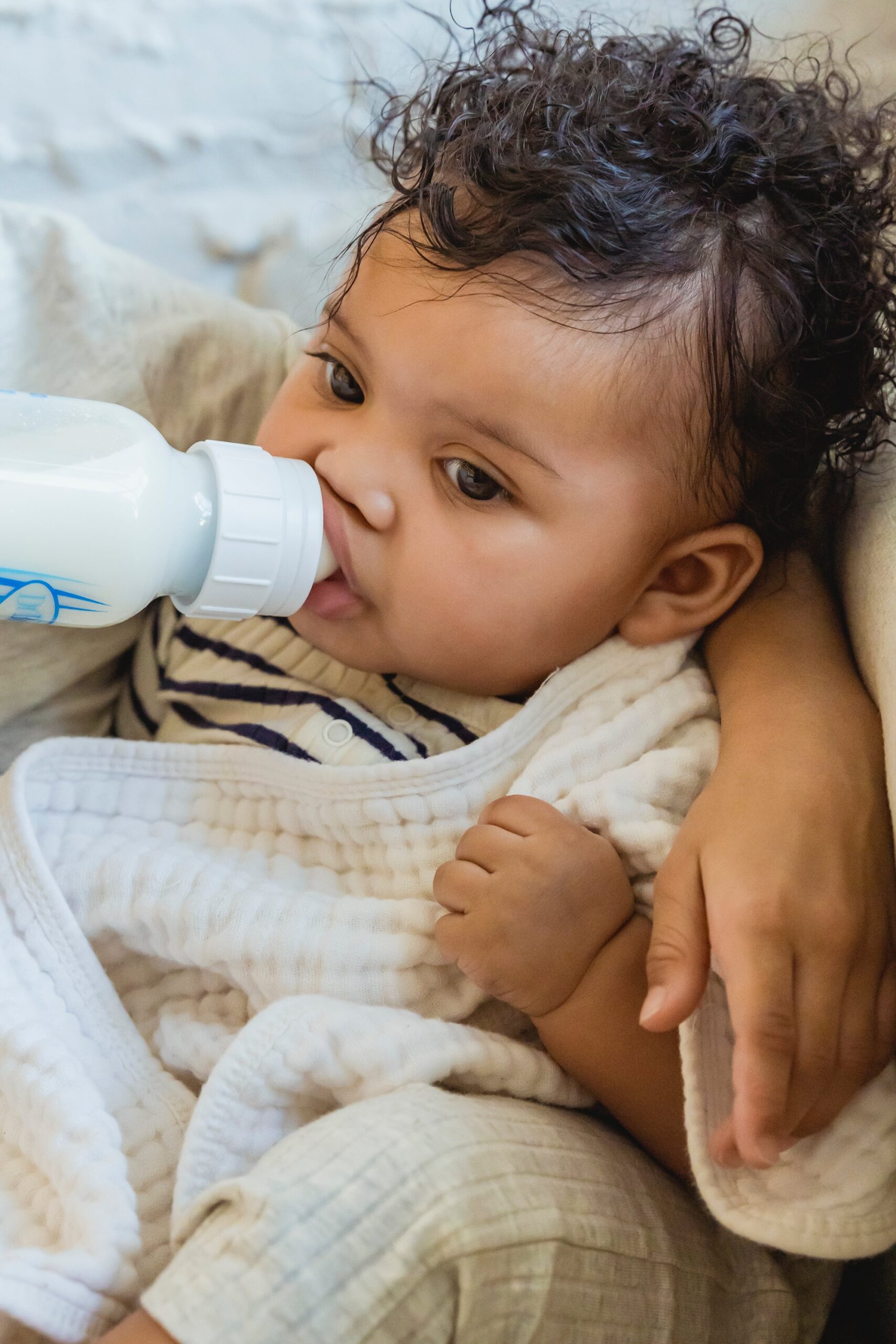Type a search + hit enter!

Early Human Development published a study this month that investigated the effect of labor medications on newborn behavior in the first hour after birth. The article caught my eye because I find myself frequently asked questions by mothers about what normal newborn behavior looks like, and quite frequently my answer is that it depends on […]
read more
latest post

read more
Early Human Development published a study this month that investigated the effect of labor medications on newborn behavior in the first hour after birth. The article caught my eye because I find myself frequently asked questions by mothers about what normal newborn behavior looks like, and quite frequently my answer is that it depends on the type of birth that you have and what happens immediately after birth. Usually this is where I get into the importance of skin-to-skin for the first hour (commonly called the “golden hour”).
As overviewed in this study, infants that are allowed to be skin-to-skin during the first hour, infants will go through predictable stages of behavior, termed the “Widström’s 9 stages”.
Widström’s 9 Stages
-
The birth cry is a distinct and specific cry as the baby’s lungs expand for the first time.
-
Relaxation is a time immediately after the birth cry ends, when the baby becomes still and has no visible movements.
-
Awakening begins as the baby opens the eyes for the first time, blinks, has small mouth movements and limited hand and shoulder motions.
-
Activity involves larger body movements, including whole arm motions, specific finger movements, shoulder motion, head lifting, and stable open eyes.
-
Rest could happen at any point during the first hour, interspersed between stages or as a transition between stages.
-
Crawling involves the baby moving purposely towards the breast and nipple. It could be accomplished through sliding, leaping, bobbing, or pushing.
-
Familiarization is a stage at the mother’s nipple where the baby licks, tastes, touches and moves around the nipple and areola area.
-
Suckling involves the baby self attaching to the nipple and initiating breastfeeding.
-
Sleeping is an involuntary activity of the baby around 1.5 to 2 h after birth.
I like this study, though, because it looks past the choices post-birth and sheds some light on what we consider good clinical practice.
What the researchers did:
In this study, participants self-elected to labor with or without labor medications and consented to be video taped for the fist hour after birth by a member of the research team while undergoing skin-to-skin. There were four experimental categories:
-
no birth medications
-
fentanyl without synOT
-
synOT without fentanyl
-
Borth fentanyl and synOT
What the study found:
-
Babies without birth medications had longer birth cries than babies exposed to medications
-
All babies had similar relaxation (stage 2), awakening (stage 3), and activity (stage 4) durations
-
Babies exposed synOT without fentanyl spent signficantly less time resting
-
Babies without birth medications were significantly faster at crawling to the breast than those exposed to birth medications
-
Babies exposed to synOT and fentanyl spent less time in the familiarization stage (stage 7)
-
Babies exposed to fentanyl and synOT during birth were significantly less likely to suckle
-
Overall, an inverse correlation was found between exposure to synOT and fentanyl and normal behavior of an infant based on measured time in each stage
What the study means:
Ultimately, it is still a mother’s choice whether she wants to use medications during her birth experience. What this study shows is that what we consider “normal” as supportive birth clinicians needs to shift based on the experience of the mother during birth. In the breastfeeding world, we ideally want the infant at the breast and suckling within the first hour. This research provides some evidence that suckling within the first hour may be an unrealistic expectation if the infant was exposed to medications during birth. With these infants, we may need to be patient and allow the infant additional time to adjust after birth before they are suckling.
If you are getting ready to deliver and would like an easy way to remember what is “normal” for a newborn, check out my quick guide to the first 48 hours. It can be downloaded by clicking the button below.

read more
This past weekend I had the absolute honor of speaking at the Ohio Lactation Consultant Association’s annual conference: Breastfest! The experience was extremely humbling, and in addition to speaking, I got to learn from from amazing practitioners and researchers from across the country. The conference started strong, and the first session that I attended was […]

read more
Over the past 10 years we have seen a rise in the number of states where marijuana sales and use are legal. This has opened the door for women to publicly ask about, and for researchers to publicly investigate marijuana use during lactation. There are properties of marijuana that raise concern about it’s use during lactation. Specifically, there are components of marijuana that are fat soluble – and maternal fat is actively passed through the mammary gland to create human milk. However, due to the illegality of marijuana in most places until recently, controlled trials to determine IF cannabinoids pass into human milk were not possible. Current recommendations by lactation professionals are that cannabis use should be discontinued and mothers should be allowed to breastfeed.
Do cannabinoids pass into human milk?
Yes, cannabinoids pass into human milk. Research in humans has confirmed that the psychoactive ingredient in marijuana (delta-9-tetrahydrocannabinol or ∆9-THC) does pass into human milk. You can see an original study here and a review study here. One study has shown that THC levels in human milk can be up to 8 times greater than in maternal plasma, owing to the fat-soluble nature of the component (n=2 mothers). This study does not have full-text available online, but you can see the preview here and results are outlined in the full text review study linked above. This same study detected THC metabolites in fecal samples of the infants breastfeeding from the mother’s using marijuana. Two other studies detected THC metabolites in the urine of infants after dietary exposure (no full text publicly available; see previews here and here).
How long after using marijuana is it detectable in human milk?
We currently only have one study (here) that looks at marijuana use over time. Their estimates show that cannabinoids are detectable in human milk for between 3 and 6 days after use. Additionally, they found that when you freeze human milk, cannabinoids are stable. Thus, pumping your milk for storage/future use will not lower the levels of cannabinoids that the infant is exposed to.
Do cannabinoids impact infant development?
While we do not have an extensive amount of research complete in human subjects, the research we do have has mixed results. One study found that high exposure (2-5 joints per day) during infancy was associated with decreased psychomotor development, but not neurobehavioral development, at 1 year of age (see full study here). Another study found no difference in motor and mental development at 1 year of age when exposed to cannabinoids during infancy (see full study here). In this area, we need more extensive research with human subjects.
If you consider the animal studies that have been done to determine if THC exposure impacts infant development, there is more evidence that THC can have a concerning effect than evidence that there is no effect.
So…what does it mean?
Basically, it means that right now, we don’t have a definitive clinical answer (still!). Professional organizations caution the use of marijuana both during pregnancy and during lactation. The research we do have suggests that conservative use of marijuana (1-2x/week) is safer than heavy marijuana use (2-5x/day), with components of marijuana in human milk measuring at lower concentrations with lower use.
If we use biochemical structure to determine safety (as Thomas W. Hale and Hilary E. Rowe do in their Medications & Mother’s Milk textbooks), cannabis is rated as a L4 drug.
L4 – Possibly Hazardous
There is positive evidence of risk to a breastfed infant or to breastmilk production, but the benefits from use in breastfeeding mothers may be acceptable despite the risk to the infant (e.g., if the drug is needed in a life-threatening situation or for a serious disease for which safer drugs cannot be used or are ineffective.)
Hale and Rowe, 2019
Disclaimer: nothing on this page may be construed as medical, legal, or financial advice.

read more
It is no secret that the United States consistently under-performs in the area of maternal and child health. Offering paid leave to new parents is no exception. Many mothers across the U.S. are returning to work well before their child is 6 months old and it is very possible that breastfeeding is still not going […]

read more
Pregnant mother’s can be vigilant about what they put into their bodies during the 9 months they are carrying another human – and there are very well known “no-no’s” as far as food and pregnancy go. However, there is a common misconception that these foods should also be restricted during lactation (and it’s not true!).
Let’s start by reviewing important foods to avoid during pregnancy:
-
Raw or smoked fish
-
Oysters
-
Fish high in mercury content
-
Unpasteurized or soft cheeses
-
Eon meats
-
Raw or undercooked eggs (yes, please avoid the cookie dough)
-
Hot dogs/processed meats (including deli meats, unless heated to 165 F)
-
Raw or undercooked meat
-
Unpasteurized milk and juices
-
Pre-packaged deli salads (e.g. potato salad, chicken salad)
The main reason for avoiding these food items is that they can carry Listeria monocytogenes – the bacteria that causes listeriosis. If the mother contracts listeriosis the placenta does not protect the developing infant. Mild infection in the mother can be fatal to the fetus.
During pregnancy, mothers should also be sure to wash their fruits and vegetables well. If you have a pet cat, have another member of the family clean the litter box!
The reason for extra-careful cleaning of fruits and vegetables and avoiding the cat litter box is due to a protozoan known as Toxoplasma gondii. This protozoan can cause very severe issues with the developing fetus such as seizures and blindness.
So, do the recommendations stay the same after pregnancy?
Nope. These issues are of concern during pregnancy because the developing fetus would not be protected if the mother got sick. These foods are no longer of concern when you are breastfeeding. So, you can have that long awaited sushi, bleu cheese, or medium-rare steak!
But….are there foods I should avoid during lactation?
The short answer – no. Most infants respond just fine to milk produced by a mother eating an unrestricted diet. In fact, you will likely feel hungry due to the extra ~500 calories you burn per day when you are nursing!
The longer answer – maybe, it depends on your child. Some infants may be sensitive to caffeine intake and some infants are sensitive to dairy proteins. If your baby is sensitive to something in your milk they may get (abnormally) fussy and you may see little specs of blood in their poop. If you notice any of these signs, please see your pediatrician. dietitian, or lactation consultant for further assistance. Additionally, women who practice a pescatarian diet need to continue to limit their consumption of fish to 2-3 servings a week of fish with low mercury levels.
Interested in more information about nutrition during lactation? Download my quick guide before.

read more
Let’s talk about one of the scariest moments a parent can face. The baby has been fussy and seemingly unsatisfied after nursing. You make an appointment and the pediatrician informs you that you baby is losing weight. A rush of emotions and an overwhelming amount of questions pop into their head. Including a very important one: […]

read more
Around the holidays, I receive a flood of questions about how to safely enjoy an adult beverage while breastfeeding (and yes, you can have a drink!). The general rule: if it’s in your blood it’s in your milk. However, just because it goes into your milk does not mean it is there forever. The alcohol level in your milk maintains the same alcohol level as your blood. So once it is out of your blood it is also out of your milk. In fact, if you are responsible and plan your evening well, you may not even have to pump and dump your milk. Here are the tips I provide to new moms who are planning to have a drink while they are breastfeeding.
Breastfeed or pump right before you leave your baby, or if your baby is going with you, right before you decide to have a drink. This will help you avoid leaking or the need to pump due to fullness while your milk has alcohol in it.
Be prepared – have some pumped milk handy to feed if the baby gets hungry and your milk still has alcohol in it. If you are leaving the baby with a caregiver, leave the pumped milk with them and make sure they feel comfortable preparing and feeding a bottle. If this is your first time pumping, I recommend storing 3-4 ounces per milk bag and making bottles at a similar volume so that milk doesn’t have to be thrown away if the baby doesn’t eat it all. You can always feed more if the baby is still hungry.
Have your drink! Yep, I said it. It is perfectly acceptable to responsibly enjoy a drink or two while you’re breastfeeding. Research shows that it takes approximately 2 hours per drink for your body to filter all of the alcohol from your system. So if you consume 1 drink, you should wait a minimum of 2 hours from the time your finish your drink before breastfeeding. If you have two drinks, you should waits minimum of 4 hours after you finish the second drink to breastfeed. Every body is different, so if you feel intoxicated even if you have waited the “recommended” amount of time, you should not breastfeed your baby.
What if you feel full and need to breastfeed/pump? If you have waited the recommended amount of time after having a drink and you do not feel intoxicated, you can safely breastfeed or pump your milk and keep it to feed to your baby another time.
Follow your gut. At the end of the day I always tell mothers to trust their gut. If you are unsure about if you can breastfeed or keep pumped milk due to alcohol consumption, air on the side of caution. Feed a bottle of pumped milk or throw the pumped milk in question out.
*Please drink responsibly and make sure your child is appropriately cared for if choosing to enjoy a drink or two.
Update 3/7/2021: I felt that it was important to update this blog post to state this: if you have a drink (or two) and breastfeed your child simultaneously, the amount of alcohol that the infant will be exposed to is so small. Many parents choose to drink and not to “pump and dump” and for low amounts of alcohol intake, I do not believe this is dangerous.
Get Your copy →
Cross the finish line with confidence.
Don't walk into your IBCLC exam nervous - with our comprehensive study guide in your back pocket, you'll be prepared for every scenario and question.

